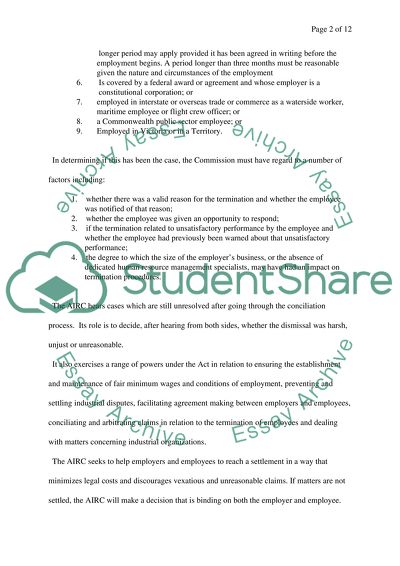Cite this document
(“Unfair Dismissal Report Essay Example | Topics and Well Written Essays - 2500 words”, n.d.)
Retrieved from https://studentshare.org/law/1503126-unfair-dismissal-report
Retrieved from https://studentshare.org/law/1503126-unfair-dismissal-report
(Unfair Dismissal Report Essay Example | Topics and Well Written Essays - 2500 Words)
https://studentshare.org/law/1503126-unfair-dismissal-report.
https://studentshare.org/law/1503126-unfair-dismissal-report.
“Unfair Dismissal Report Essay Example | Topics and Well Written Essays - 2500 Words”, n.d. https://studentshare.org/law/1503126-unfair-dismissal-report.


